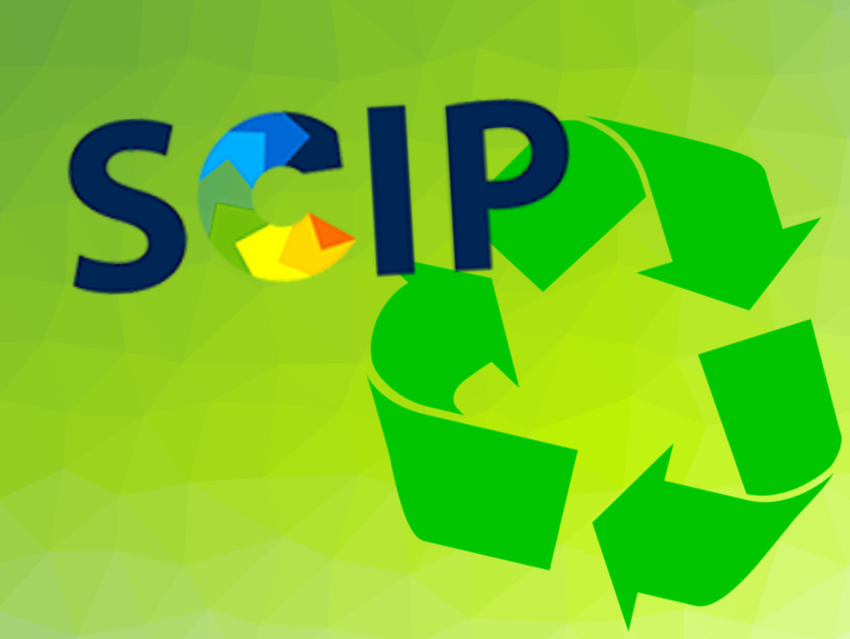In early 2017, the European Commission published results of a survey asking more than 28,000 EU citizens about chemicals in products. The results show that consumers are very much interested in information on chemicals in the products they buy but only 45 % feel well informed about potential dangers of chemicals.
Article 33 of the REACH Regulation requires manufacturers to give a consumer information free of charge within 45 days, if he or she asks whether a product contains any chemicals listed as Substances of Very High Concern (SVHC) by the European Chemicals Agency (ECHA) above a concentration of 0.1 %. The list includes substances such as certain phthalates, brominated flame retardants, perfluorinated compounds. However, not all consumers know this and in previous cases where companies received a request, some companies have provided wrong answers. This is partly because they might not know themselves what is in their products because this information is not sufficiently provided along their supply chain. In addition, 45 days is quite long when a consumer wants, e.g., to take advantage of a sale offer.
Ideas to increase consumer awareness being discussed within the EU include the requirement to label SVHCs on the product. Several apps, such as the German Toxfox for cosmetics and the Danish Tjek Kemien, have been developed to allow consumers to scan products for information on their chemical content and automatically send the respective company an Article 33 request. So far, these apps only look at selected products in one country. A Europe-wide app would be possible but is discussed controversially. Problems include that REACH data apply to hazard properties and make no statement on the actual risk of exposure using the individual product. The data also do not cover mixtures. A product might contain a chemical listed as an SVHC and still can be used without concern when handled exactly as described on the product label. An end-user also may not get in contact with a chemical deep inside a product as long as the product is not destroyed. In addition, if no chemical found in a product is listed as SVHC, it does not necessarily mean that the product is environmentally sound.
Overall, there is a need to better inform citizens about the safety of chemical products and to clarify the concerns that many have. The main source of information on the potential dangers of chemicals are, according to the survey, product labels and the media. However, consumers have a strong influence on decisions of the industry and should use this more extensively to challenge industry to invest in transparency and safer alternatives. Examples of many companies show that valuing people’s health and the environment over profit is also good for business.
- Eurobarometer survey on chemical safety,
European Commission June 2017.
https://doi.org/doi:10.2873/651966 - 10 Years of Making Chemicals Safer,
Vera Köster,
ChemViews Mag. 2017.
https://doi.org/10.1002/chemv.201700041 - Identifying Substances of Concern,
ChemistryViews.org 2017




